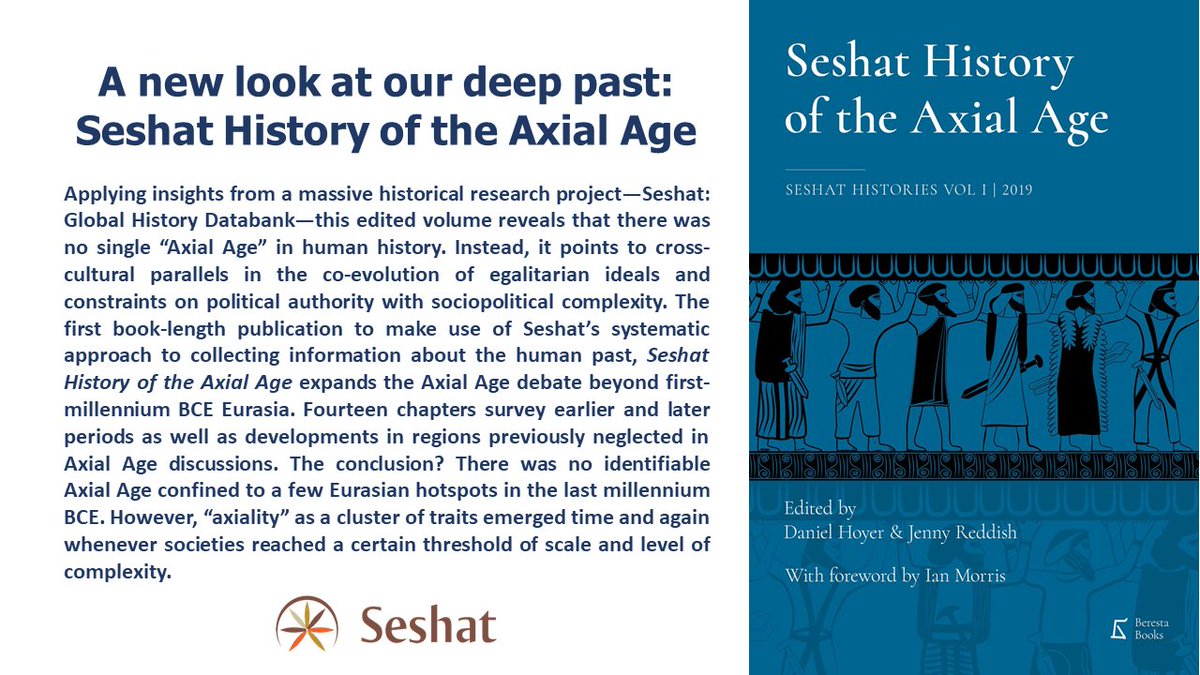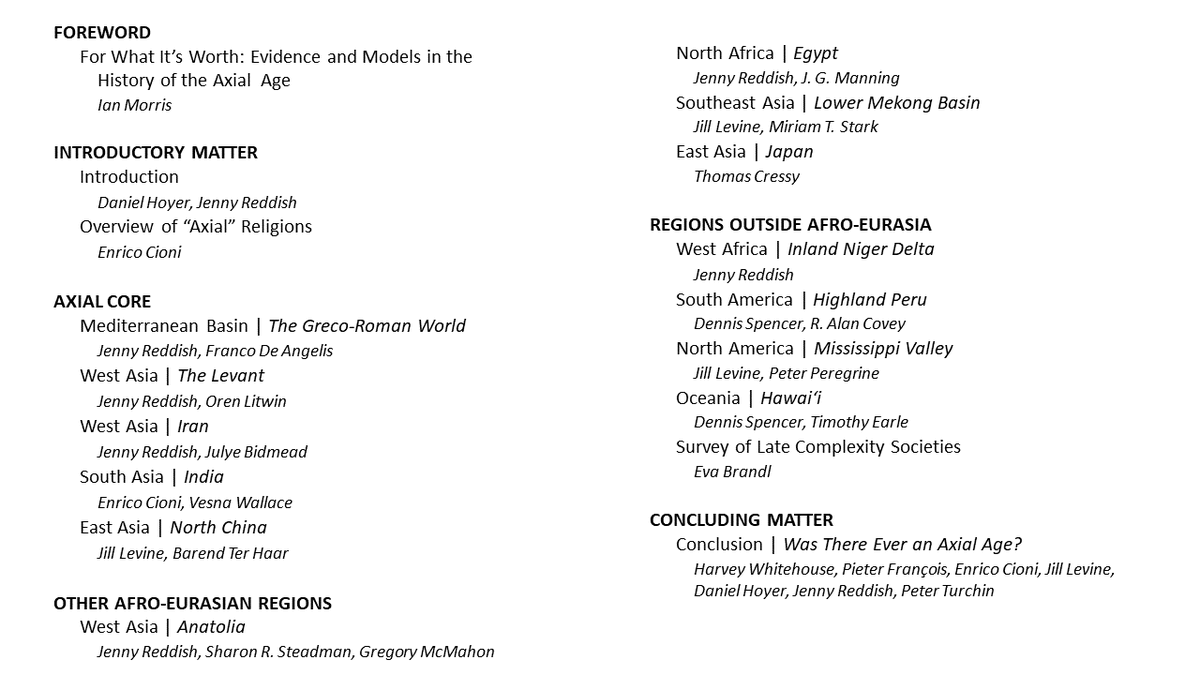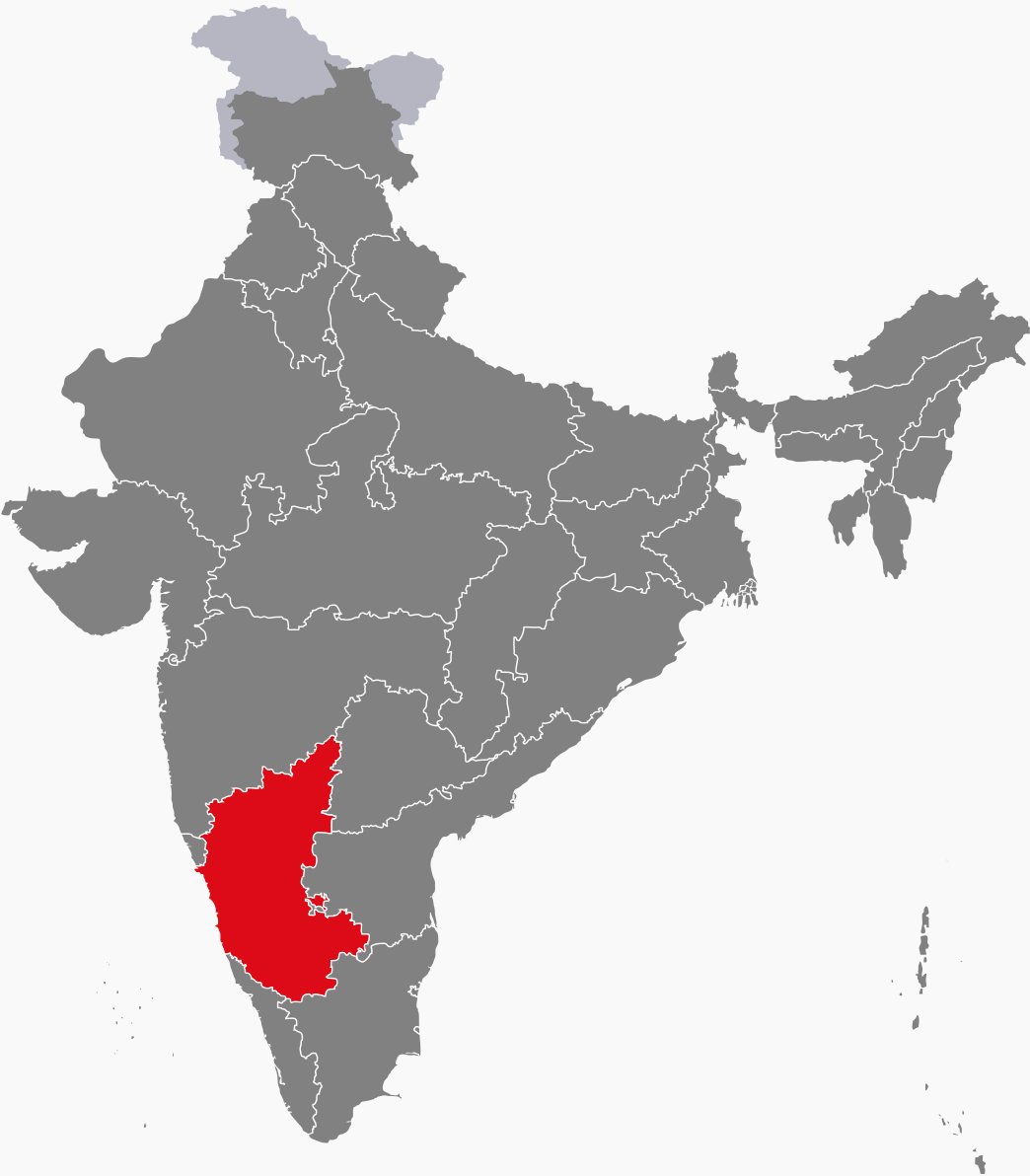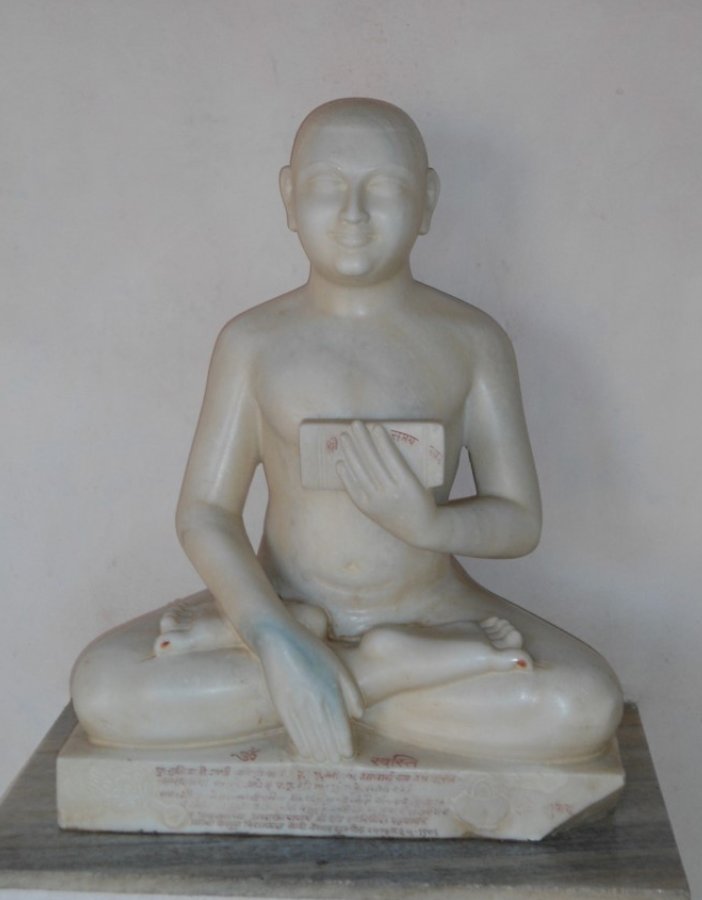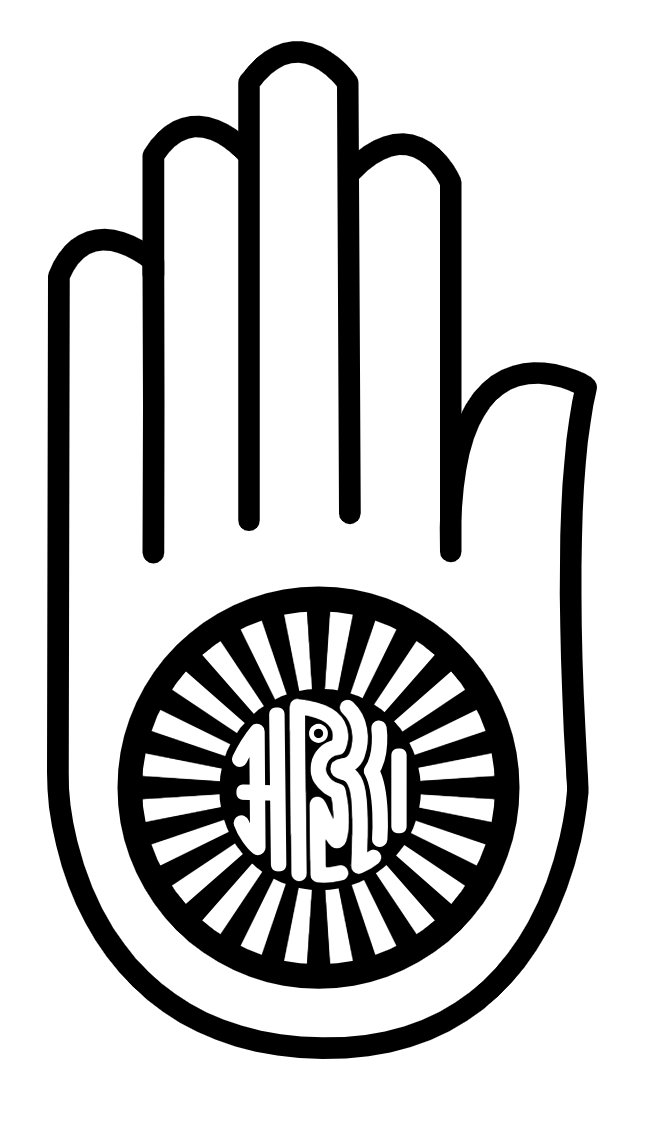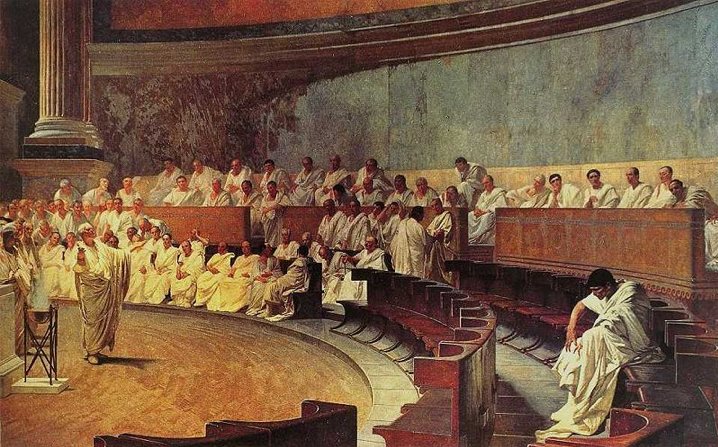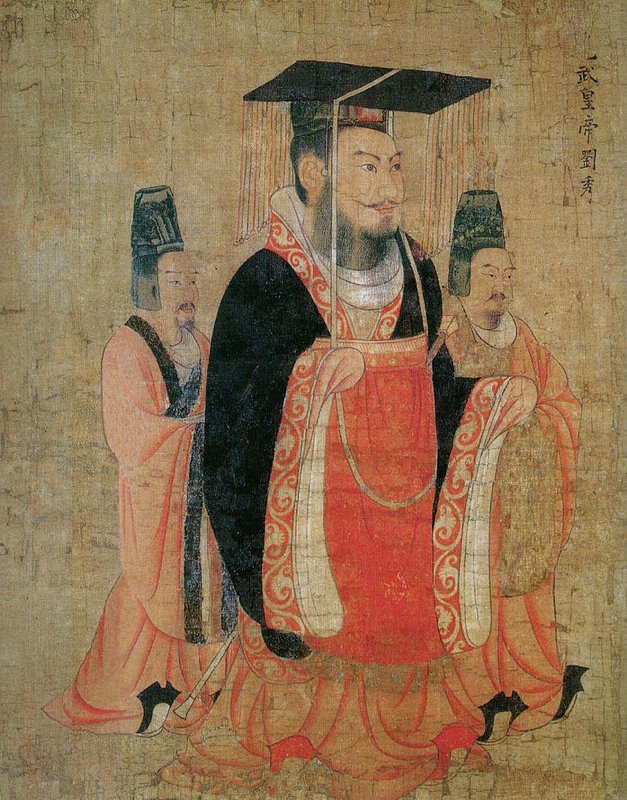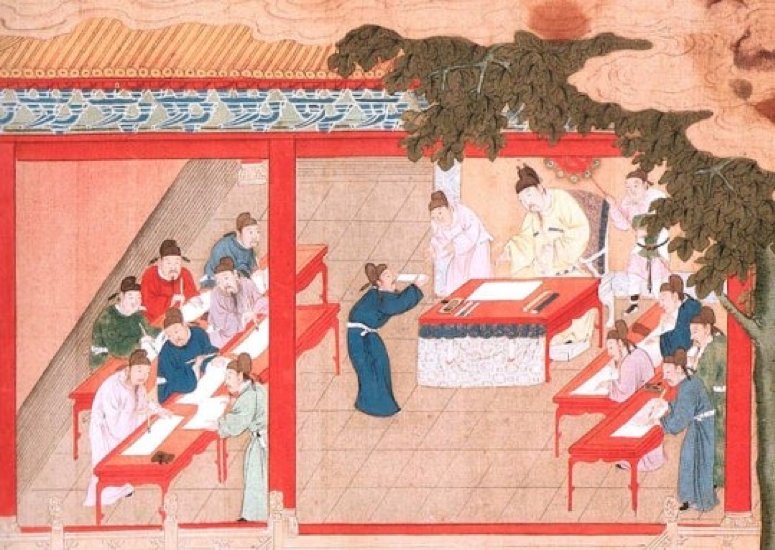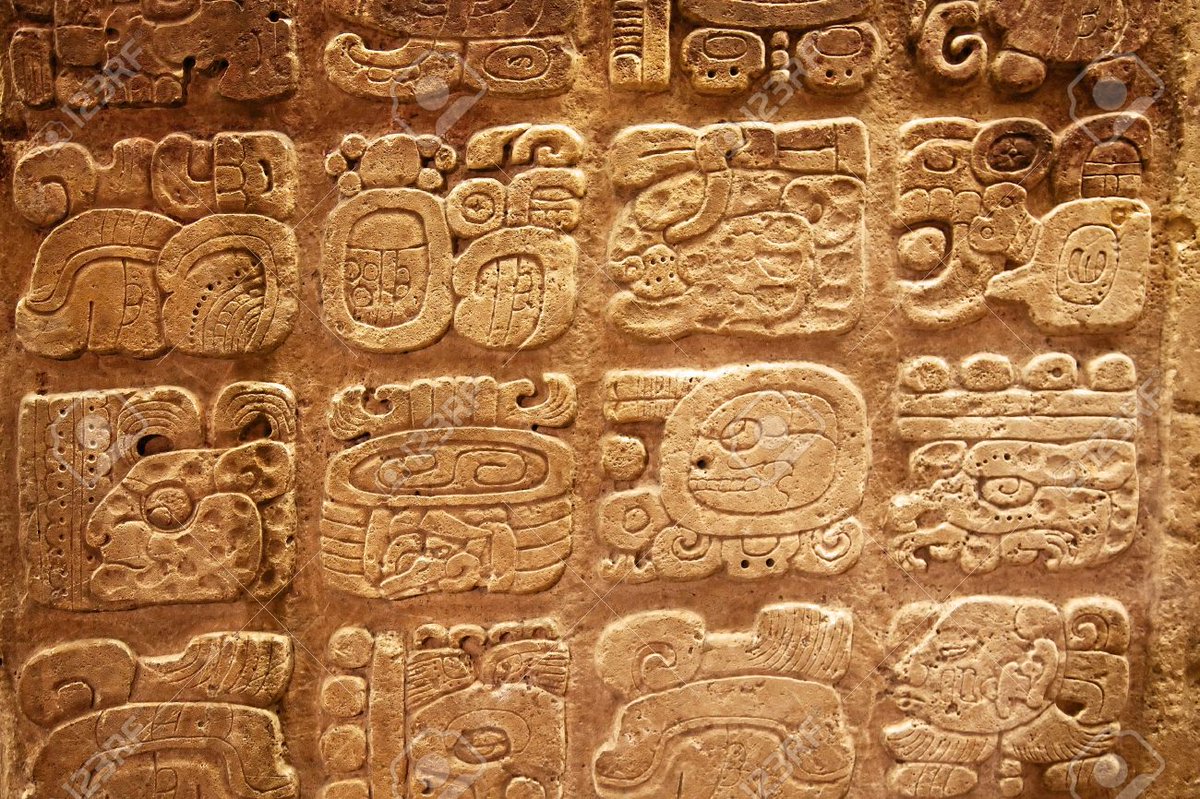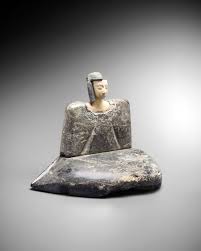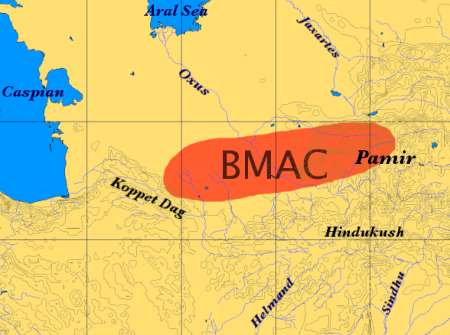
Clothing and accessories of a Yakut shaman. Lithograph book plate. Printed in Germany, 1897. #Seshat 

Fedor Poligus, shaman of the Evenks, with a collection of shamanic objects, including images of helper spirits. Eastern Siberia, Russia. 1907-1908 #Seshat 

The first Russian map of Siberia. Drawn by Semyon Ulianovich Remezov, 1701.
From the collection of the Russian State Library, Moscow. #Seshat
From the collection of the Russian State Library, Moscow. #Seshat

Clothing and accessories of a Tungus shaman. Ca mid-18th C. Siberia.
University of Göttingen Ethnological Museum #Seshat
University of Göttingen Ethnological Museum #Seshat

Drum (tuur) of the Great Shaman of the Shor people. Early 20th C. Altai, Southern Siberia. Depicts the three spheres of the Universe. The mythical deer is the main helper-spirit who carries a shaman to the upper and lower worlds. @Kunstkamera_rus #Seshat 



The first map of Siberia (1687-90), dedicated to Peter the Great, by Nicolaes Witsen (1641 - 1717), a Dutch statesman and cartographer in his free time. @ubleiden #Seshat 





An illustration of a Tungus shaman, produced by the Dutchman Nicolaes Witsen. It is the earliest known pictorial depiction of a Siberian shaman to have appeared in Europe.
N. Witsen, Noord en Oost Tartarye. First print: Amsterdam, 1692 #Seshat
N. Witsen, Noord en Oost Tartarye. First print: Amsterdam, 1692 #Seshat

Witsen's account of his travels in Siberia first popularised the term "shaman".
Witsen labelled the illustration as a "Shaman, Priest of the Devil" ("een Schaman ofte Dyuvel-priester in't Tungoesen lant") and gave this figure clawed feet. Amsterdam, 1692
Witsen labelled the illustration as a "Shaman, Priest of the Devil" ("een Schaman ofte Dyuvel-priester in't Tungoesen lant") and gave this figure clawed feet. Amsterdam, 1692
Khomus (mouth/jaw harp), the most distinctive Yakut musical instrument, was described by the 18th C Russian travelers to Siberia as Yakuts' "one and only favorite musical instrument which is put between their teeth".
Alisa Dolgunova, khomus performer
Alisa Dolgunova, khomus performer
The khomus is a part of Yakut culture and heritage. Every family has one.
Museum and Center of the Khomus in the city of Yakutsk, Republic of Sakha (Yakutia), Russia, holds one of the largest collections of khomuses and mouth harps of 52 different world cultures.


Museum and Center of the Khomus in the city of Yakutsk, Republic of Sakha (Yakutia), Russia, holds one of the largest collections of khomuses and mouth harps of 52 different world cultures.



• • •
Missing some Tweet in this thread? You can try to
force a refresh




